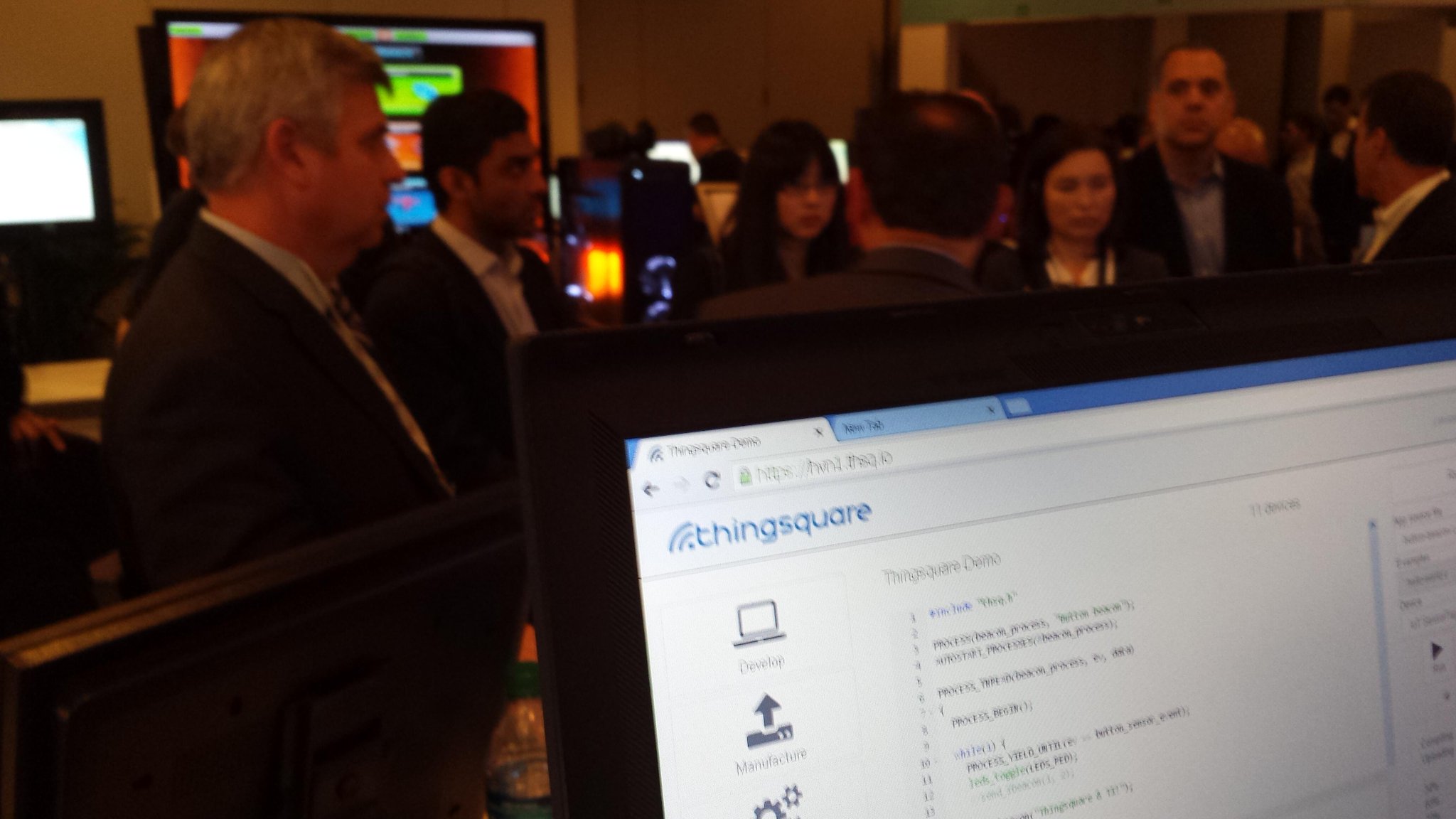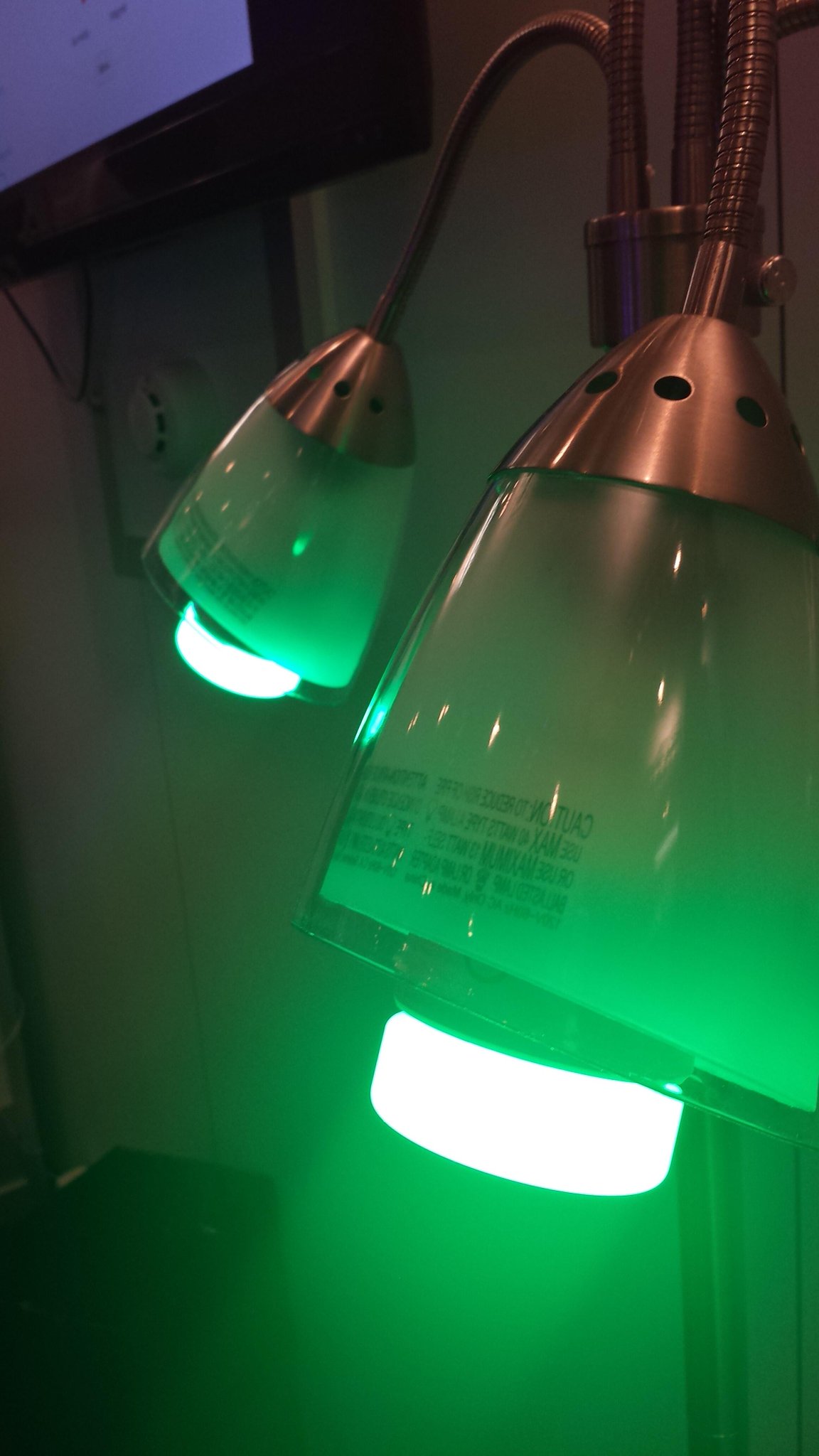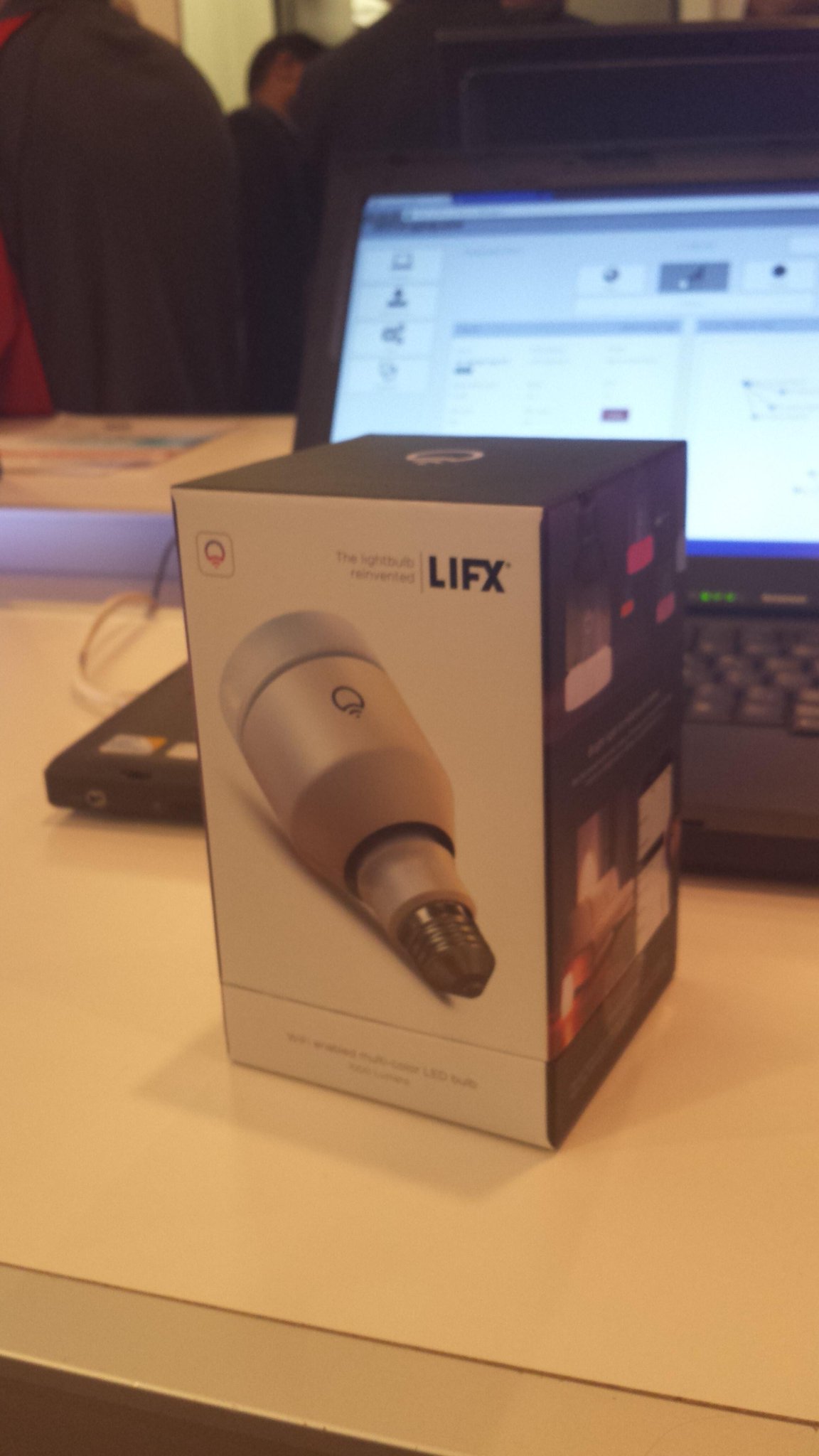Today the Contiki team announced the release of Contiki 3.0, the latest version of the open source IoT operating system! The 3.0 release is a huge step up from the 2.x branch and brings support for new and exciting hardware, a set of new network protocols, a bunch of improvements in the low-power mesh networking protocols, along with a large number of general stability improvements. This is, by far, the best Contiki release ever!
Contiki is the open source operating system for the Internet of Things, used by developers to bring low-power wireless connectivity to their products and projects. Read more about Contiki here.
Since the the previous 2.7 release, which came out in November 2013, the Contiki team has merged some 500 pull requests with new code, bug fixes, and improvements.
New and Exciting Hardware
As the wireless world evolves, so does its hardware. Recently, many new Systems-on-a-Chip (SoCs) have been released, which makes hardware design much easier, as you only need a single chip for both radio communication and control.
Contiki 3.0 adds support for two new interesting hardware plaforms: the Texas Instruments Sensortag and the Zolertia ReMote.
Texas Instruments Sensortag
The Texas Instruments Sensortag platform is exciting in many ways. It packs a whole bunch of sensors in an inexpensive package, which is great for building a quick demo and as a starting point for more tailored designs. But more importantly, it features a brand new System-on-a-Chip design called CC2650 that has a radio that supports both 802.15.4 (6lowpan) and Bluetooth, while having a lower power consumption than previous chips.
The Sensortag comes at a very nice price point of $29 per unit, making prototyping quicker and easier than ever before. The Sensortag port was developed and contributed by Texas Instruments.
Revolutionary feature: Contiki mesh + Bluetooth beacons
The TI CC26xx platform is the dual IEEE 802.15.4 and Bluetooth radio, which makes it possible to do both Contiki IPv6 meshing and Bluetooth beacons - at the same time. Bluetooth beacons can be picked up by iOS and Android apps.
This allows Contiki devices to be discovered with an iOS or Android smartphone app, without any additional hardware or software. This is revolutionary as it makes user onboarding both quicker than ever before, but also significantly more secure.
The Thingsquare platform, a commercial connected product platform that uses Contiki, use this to securely discover and authenticate nearby devices which then use the low-power mesh for data access, through a smartphone app.
A bunch of sensors
The Sensortag has an an array of built-in sensors, for which the Contiki 3.0 release adds device drivers that are ready to be used out of the box: infrared ambient temperature sensor, ambient light sensor, humidity sensor, barometric pressure sensor, a magnet sensor, and a 9-axis accelerometer and gyroscope.
Zolertia ReMote
The Zolertia ReMote platform is unique in that it provides both a 2.4 GHz SoC (TI CC2538) and a sub-GHz radio chip (TI CC1120). This makes it possible to use it both for shorter range 2.4 GHz communication and long-range sub-GHz networking. For example, in this test, the ReMote was able to achieve an impressive 3.14159 kilometer transmission range.
The ReMote platform also has a number of expansion ports, including two Phidget ports for external sensors and other devices.
(Device driver support for the TI CC1120 radio is not available in Contiki 3.0, but is scheduled for the next upcoming release. The upcoming version of the ReMote has a TI CC1200 sub-GHz radio, for which drivers will be in the next upcoming Contiki release.)
Encryption and security
Encryption and security support was always sorely lacking in the previous versions of Contiki. Contiki 3.0 brings much needed support for 802.15.4 link layer encryption with AES128, available in software for all platforms and hardware-accellerated for those platforms that support it (primarily the TI CC2538).
Read more about the encryption support here.
New Network Protocols
The Contiki 3.0 release adds support for the IP64/NAT64/DNS64 set of protocols that make it possible to connect Contiki IPv6 mesh networks directly to IPv4 networks, such as the Internet, without the need for a special translation proxy. The protocols operate directly at the IP layer to create a seamless translation between the mesh and the Internet. Alongside, device driver support for the ENC26j80 Ethernet chip has been added, to make it easy to connect Contiki mesh networks to Ethernet networks.
For application layer connectivity, support for the MQTT protocol, a new HTTP socket module, and an updated CoAP module has been added. New socket APIs for TCP and UDP sockets make network programming significantly easier than in the past.
The IPv6 mesh networking support has been massively reworked and improved. The RPL mesh routing protocol has seen many bugfixes and stability improvements. Support for new IPv6 mesh multicast mechanisms has been added. Many internal improvements to the IPv6 stack has been added.
Internal Changes
The structure of the code has seen a rework, with a new module system that makes it easier to selectively use only parts of the code. Instead of using C macros and #defines to select whether to use the IPv6 or IPv4 stack, the new module system uses Makefile settings, which makes compilation more efficient and the code easier to read.
The radio API has been updated to better match the way the radio duty cycling protocols use the radio. For example, the previous radio API lacked a clean way to set the radio channel, which now is part of the new API.
We also cleaned up a number of old hardware platforms that were not used anymore and dropped a bunch of examples that weren't relevant any longer. We also added a bunch of new regression tests to ensure the continued stability of the system.
Download
The full source code for Contiki 3.0 is available at github.
To get started with Contiki 3.0, use the Instant Contiki 3.0 development environment, which contains all the necessary compilers and tool chains. (Warning: 3 Gb download.) Instructions for getting started with Instant Contiki are available here.
Get Involved
To get involved with Contiki, join the contiki-developers mailing list and join the contiki-os project at github!
Press
For press inquiries, contact Adam Dunkels <adam@thingsquare.com>.
Full disclosure: the author of this post is also CEO and co-founder of Thingsquare.









